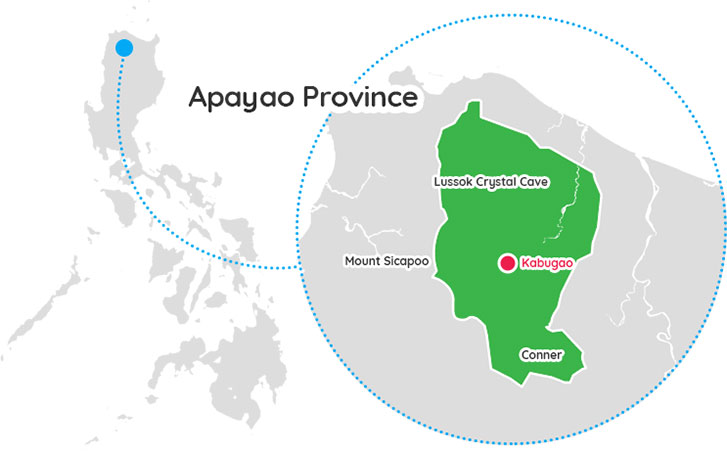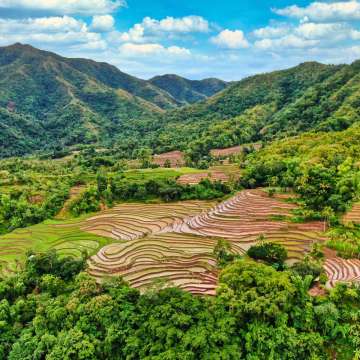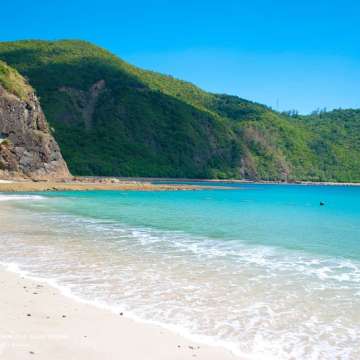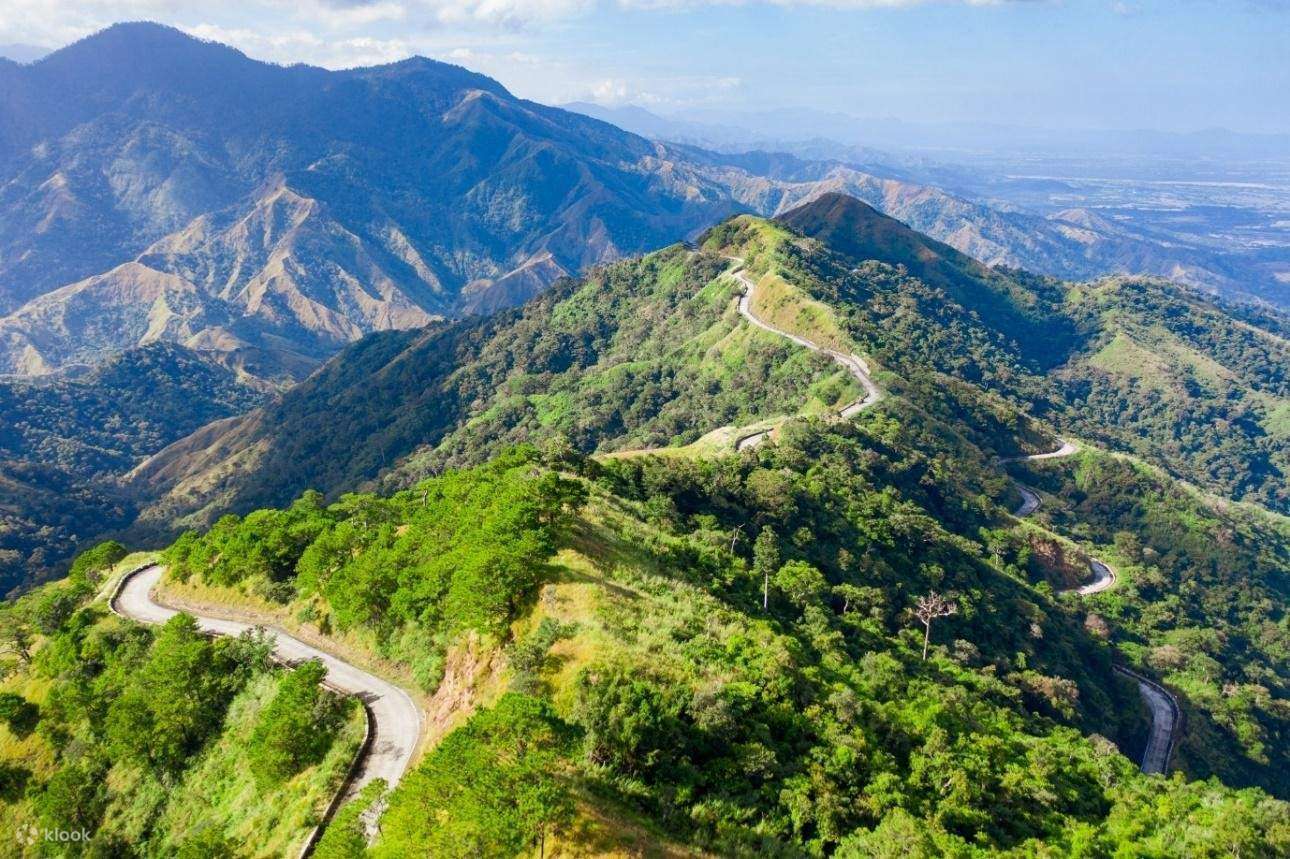About apayao

Apayao, officially the Province of Apayao, is a landlocked province in the Philippines in the Cordillera Administrative Region in Luzon. Kabugao serves as its capital. The provincial capitol and its associated offices are located at the New Government Center in Luna.
The province borders Cagayan to the north and east, Abra and Ilocos Norte to the west, and Kalinga to the south. Prior to 1995, Kalinga and Apayao comprised a single province named Kalinga-Apayao, which was partitioned to better service the needs of individual ethnic groups.
With a population of 124,366 (as of the 2020 census) covering an area of 4,413.35 square kilometres (1,704.00 sq mi), Apayao is the least densely-populated province in the Philippines.
The province is composed of seven 7 municipalities and 134 barangays and geographically subdivided into two separate regions the Upper and Lower Apayao. Upper Apayao is composed of the upland municipalities of Calanasan, Conner, and Kabugao. Lower Apayao is composed of the lowland municipalities of Luna, Pudtol, Flora, and Sta. Marcela. With an approximate land area of 5,113 square kilometers, Apayao has the largest land area in the entire region sharing almost 26% of the Region’s total land area of 19,748.85 square kilometers.
History
By 20th century, Apayao is predominated by the Isneg people. They are located primarily in the highland municipalities of Kabugao and Calanasan. Majority of them live in scattered settlements along the upper reaches of the Apayao-Abulug River; while some along a major tributary of the Matalag River in Conner.
Although Apayao which was then part of Cagayan, was among the earliest areas penetrated by the Spaniards in the Cordilleras, the region, inhabited by the Isneg tribe, remained largely outside Spanish control until late in the 19th century. As early as 1610, the Dominican friars established a mission in what is now the town of Pudtol. In 1684, the friars again made attempts to convert the people and established a church in what is now Kabugao.
The Spanish authorities were then able to establish in Cagayan the comandancias of Apayao and Cabugaoan in 1891, which covered the western and eastern portions of what is now Apayao. The comandancias, however, failed to bring total control and the Spanish government only maintained a loose hold over the area.
Listings in apayao
More Provinces

antique
Antique, officially the Province of Antique, is a province in the Philippines located in the Western Visayas region. Its capital is San Jose de Buenavista, the most populous town in Antique. The province is home to the indigenous Iraynun-Bukidnon, speakers of a dialect of the Kinaray-a language, who have crafted ...read more

aurora
Beyond the lush forest of the Sierra Madre Mountains lies a splendid land so unbelievably rich and untouched, Aurora Province, otherwise known as the "Sanctuary of Nature's Splendor". The Sierra Madre Mountain range covers a large part of the province of Aurora. In fact, next to the Aurora coastline, this ...read more












